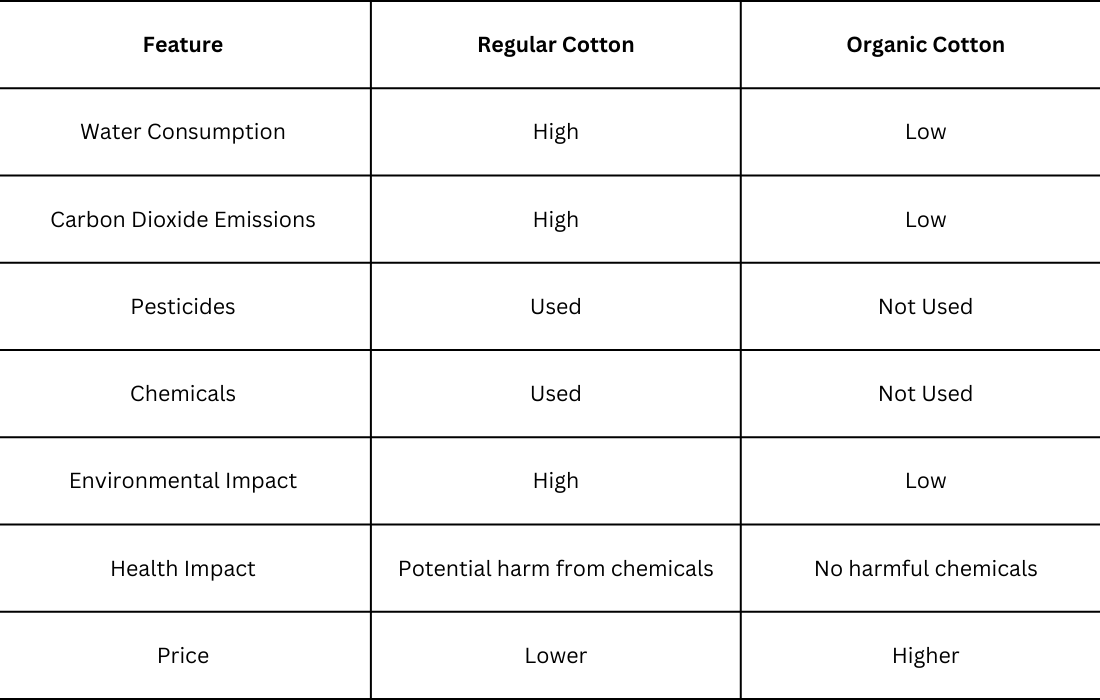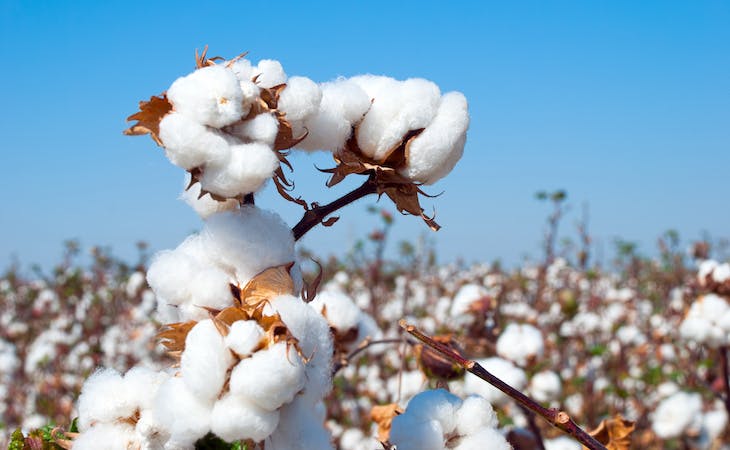What is Organic Cotton?
In today's environmentally conscious world, the demand for sustainable and eco-friendly products is on the rise. This trend extends to the fashion and textile industries, where consumers are increasingly seeking out clothing made from organic cotton. Organic cotton is grown without the use of synthetic chemicals, making it a more sustainable and environmentally friendly alternative to conventional cotton. In this guide, we will explore the benefits of organic cotton, its production process, and its impact on the environment.
Organic Cotton
Organic cotton is defined as cotton that is grown without the use of synthetic chemicals such as pesticides or growth promoters. It supports biodiversity and biological cycles, making it a more sustainable option compared to conventional cotton. In the United States, cotton that meets the requirements of the National Organic Program (NOP) of the US Department of Agriculture (USDA) is considered organic. Organic cotton is grown in 35 countries worldwide, with an annual production of 26 million tons in 2014–15.
Benefits of Organic Cotton
The benefits of organic cotton are numerous. Firstly, the cultivation of organic cotton helps protect the environment by reducing the use of synthetic chemicals. This, in turn, prevents water contamination and soil degradation. Organic cotton farming also promotes biodiversity and biological cycles, creating a healthier ecosystem.
From a consumer perspective, organic cotton offers several advantages. It is hypoallergenic and less likely to cause skin irritation or allergic reactions. Organic cotton clothing is also softer and more comfortable to wear, as it is free from residual chemicals used in conventional cotton production.
Furthermore, organic cotton production supports ethical and fair trade practices. Farmers who grow organic cotton receive fair wages and work in safe conditions. By choosing products made from organic cotton, consumers can contribute to a more sustainable and socially responsible supply chain.
Comparison of Organic and Regular Cotton
Traditional Cotton VS Organic Cotton
To understand the differences between organic and regular cotton, let's compare their properties.
-
Water Consumption
According to established studies, manufacturing a single t-shirt with regular cotton requires 2,168 gallons of water. Isn't that too much? Organic cotton, on the other hand, requires 186 gallons of water to produce. Regular cotton needs irrigated water during cultivation, but organic cotton can grow depending on rainfall alone.
-
Carbon Emissions
Another interesting thing about organic cotton is that it emits 46% less carbon dioxide than conventional cotton. Growing organic cotton can decrease energy consumption by 62% compared to conventional methods. Imagine that a simple shift from traditional to organic cotton can reduce water consumption, greenhouse gas emissions, and energy usage at the same time!
-
Use of Pesticides
Regular cotton is treated with harmful chemicals that can damage the skin and sometimes lead to cancer. Whereas, organic cotton is hypoallergenic and doesn’t have any adverse effects on the skin.
-
Takeaway
Considering all of the points above, it can be conclusively said that organic cotton is advantageous in all ways. Investing in organic cotton can considerably decrease environmental damage. Also, with the growing demand for organic cotton products among eco-conscious consumers, this is an ideal time for cotton planters to switch to organic.

Environmental Impact of Organic Cotton
Organic cotton production has a significantly lower environmental impact compared to conventional cotton. The cultivation of organic cotton eliminates the use of synthetic pesticides and fertilizers, reducing water contamination and soil degradation. The absence of these chemicals also benefits the health of farmers and nearby communities.
Organic cotton farming also consumes less water compared to conventional cotton. While cotton is generally a water-intensive crop, organic farming practices prioritize water conservation and efficient irrigation methods.
Furthermore, organic cotton production promotes biodiversity and supports healthy ecosystems. By avoiding the use of genetically modified seeds and synthetic chemicals, organic cotton farms provide a habitat for beneficial insects and wildlife.
The Market for Organic Cotton
The market for organic cotton has been steadily growing as consumers become more aware of the benefits of sustainable and eco-friendly products. In 2016, the global sales of organic cotton apparel and home textile products reached $5.16 billion, reflecting a 20% increase compared to the previous year.
Several fashion brands and retailers have embraced organic cotton as part of their sustainability initiatives. These companies prioritize ethical and environmentally friendly practices in their supply chains and offer a range of products made from organic cotton to meet consumer demand.
Conclusion
Organic cotton is a sustainable and eco-friendly alternative to conventional cotton. Its cultivation methods prioritize environmental protection, biodiversity, and fair trade practices. Organic cotton offers numerous benefits, including hypoallergenic properties, comfort, and support for sustainable fashion.
As consumers increasingly seek out sustainable and ethical products, the demand for organic cotton continues to grow. By choosing products made from organic cotton, individuals can contribute to a more sustainable and socially responsible fashion industry.



